Question: What’s one suggestion you’d give an aspiring entrepreneur in terms of prior work experience? Should they freelance? Work at a startup first? Go corporate? All of the above?
Work at a Startup First
“I think it is most beneficial to work at a startup first. You will get to see the ins and outs of how a new business operates from all levels. You can gain valuable insight as to what works and what doesn’t work. This would closely mimic starting your own company. “
JEFF TESTERMAN BROKERHUNTER.com
Commit to What You Want to Do
“Many people will tell you that if you have never done something before, you will never be able to do it. They are giving you this advice because they don’t know a way it can be done. Entrepreneurs are the ones who find a way or make the way. Sure, freelancing or working at a startup or corporation is great, but you should get clear on what you want, and go after it like your life depends on it. “
LOUIS LAUTMAN Supreme Outsourcing Follow @louislautman
Get Work Experience
“One of the biggest things that would have helped me with my business is having prior work experience with an established company. I would have examined their day-to-day and multiple departments to see what different parts are needed for a successful business. I learned later that a successful business requires more than revenues coming in or out — it requires a stable foundation.”
SHAHZIL (SHAZ) AMIN Blue Track Media
Freelance
“If you’re thinking about starting your own company, freelancing is the first step! First of all, a one-person business IS a business — many freelancers fail because they aren’t thinking entrepreneurially. I maxed out my solo freelance business before I moved on to building my team. It taught me the basics of business: making clients happy and managing cash flow. “
LAURA ROEDER LKR Social Media Follow @lkr
Build Your Tool Kit, No Matter Where You Go
“Entrepreneurs need to be proficient with customer service, product development, strategy, finance, team-building and, well, everything. Thus, any work experience is incredibly valuable. As a management consultant, I learned how to communicate clearly, work on a team and work hard. Every role in every industry will teach you — just pay attention to the success stories and develop your skills.”
AARON SCHWARTZ Modify Watches Follow @ModifyWatches
Take the Plunge
“Dive in. Being an entrepreneur means constantly meeting new and unexpected challenges head-on. You’re the master of your own destiny and must learn to overcome all obstacles. Take the plunge, and you’ll hopefully rise to the top. “
NICOLAS GREMION Free-eBooks.net
Just Don’t Lose Your Spirit
“Prior work experience can be helpful. Working at a startup can be great experience, but be careful signing contracts, as a non-compete may limit your options after working there. Freelancing can bind you to similar restraints, but you’ll gain good experience. Going corporate can also be beneficial to learn how the best of the best companies run things. Just don’t lose your entrepreneurial spirit!”
Start Corporate
“There is a lot of value in spending some time at a big corporation. You will be trained by industry experts and get a glimpse of what makes a big corporation successful. I spent some time at an investment bank prior to founding my company, and I consider the experience invaluable.”
Learn an Industry
“It is really important to have experience in the workplace first, but not a lot of work. Go to grad school, gain some experience and learn some skills in the industry. When raising money, it is not enough to have a great idea. Most people will want someone with experience who can control the business. The CEO needs to be hireable for the business. Experience is important. “
Learn From Others’ Mistakes and Experiences
“Work with a successful entrepreneur first so you learn from his or her experience. Once you are confident that you have learned all that you can, then it’s time to leave and start off on your own or jump to another startup. “
Shut Up and Start Up
“There’s no role or course that can teach you enough of what you need to know when you’re starting up on your own. What you will learn from starting up will be far more than any entrepreneurship books and startup jobs put together. If you want to start your own company, just do it. Do not wait for the tide to come and sweep you away when you’re standing miles away from the shore.”
Know the Industry
“Working in a corporation gives you good connections, but it also limits your understanding to a world where funds are not an issue, and problem solving a business issue without a large budget is often unnecessary. The key is working in the industry you want to be in — that’s where startups are often born. Your experiences show you what that industry needs, and you can create it for them. “
Get on a Founding Team
“For the best bang for your buck, I wouldn’t just work at a startup, but work on a founding team. Being the first to fifth hire will enable you to learn basically what it takes to run a company, from top to bottom. Those first hires have to wear many hats, and you can learn how to be an entrepreneur on other people’s time and money.”
The Young Entrepreneur Council (YEC) is an invite-only organization comprised of the world’s most promising young entrepreneurs. In partnership with Citi, YEC recently launched StartupCollective, a free virtual mentorship program that helps millions of entrepreneurs start and grow businesses.





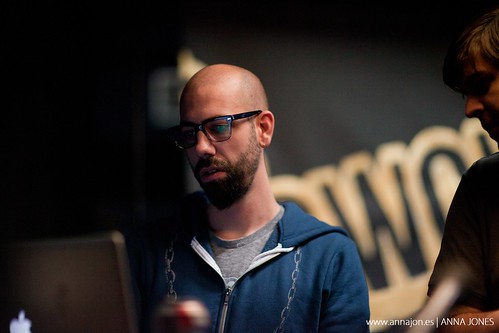
 my mom’s best friend died, and the grandparent who helped raise me withered away like ash with cancer right in front of my eyes.
my mom’s best friend died, and the grandparent who helped raise me withered away like ash with cancer right in front of my eyes.


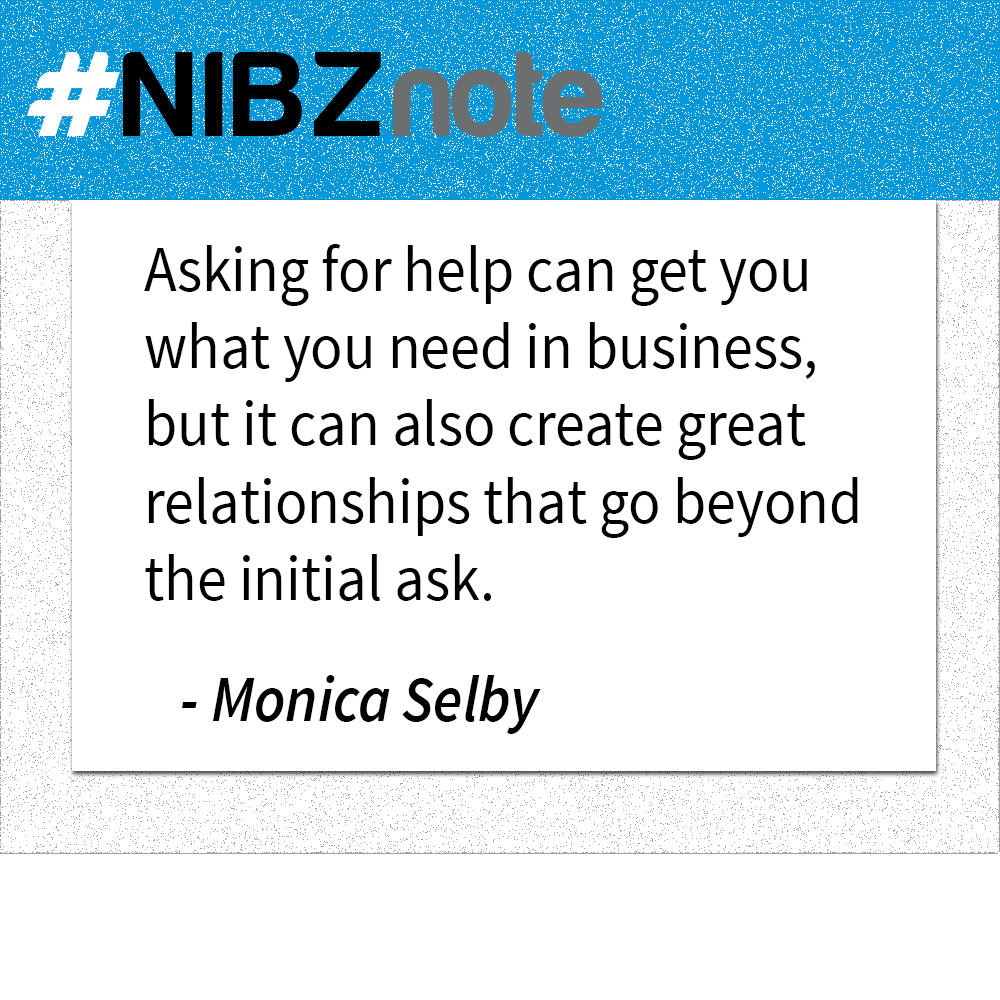

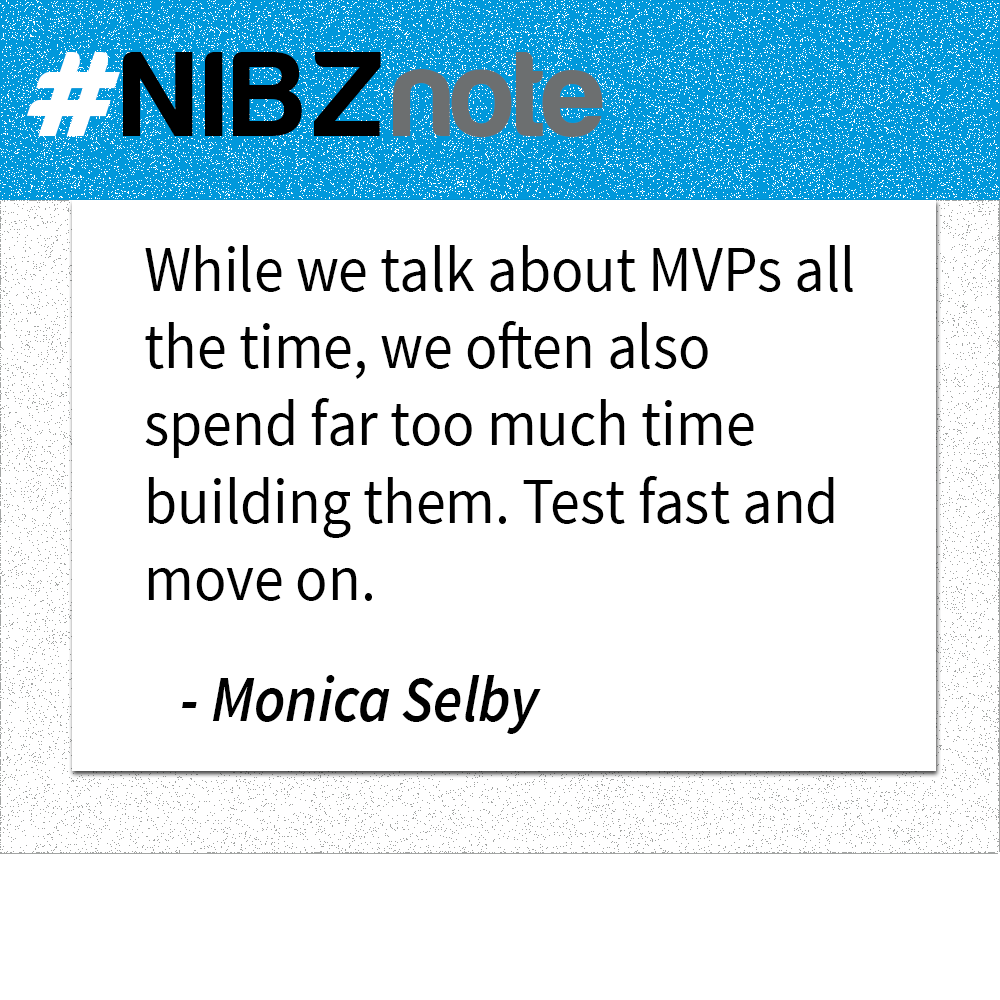 products, writing
products, writing 

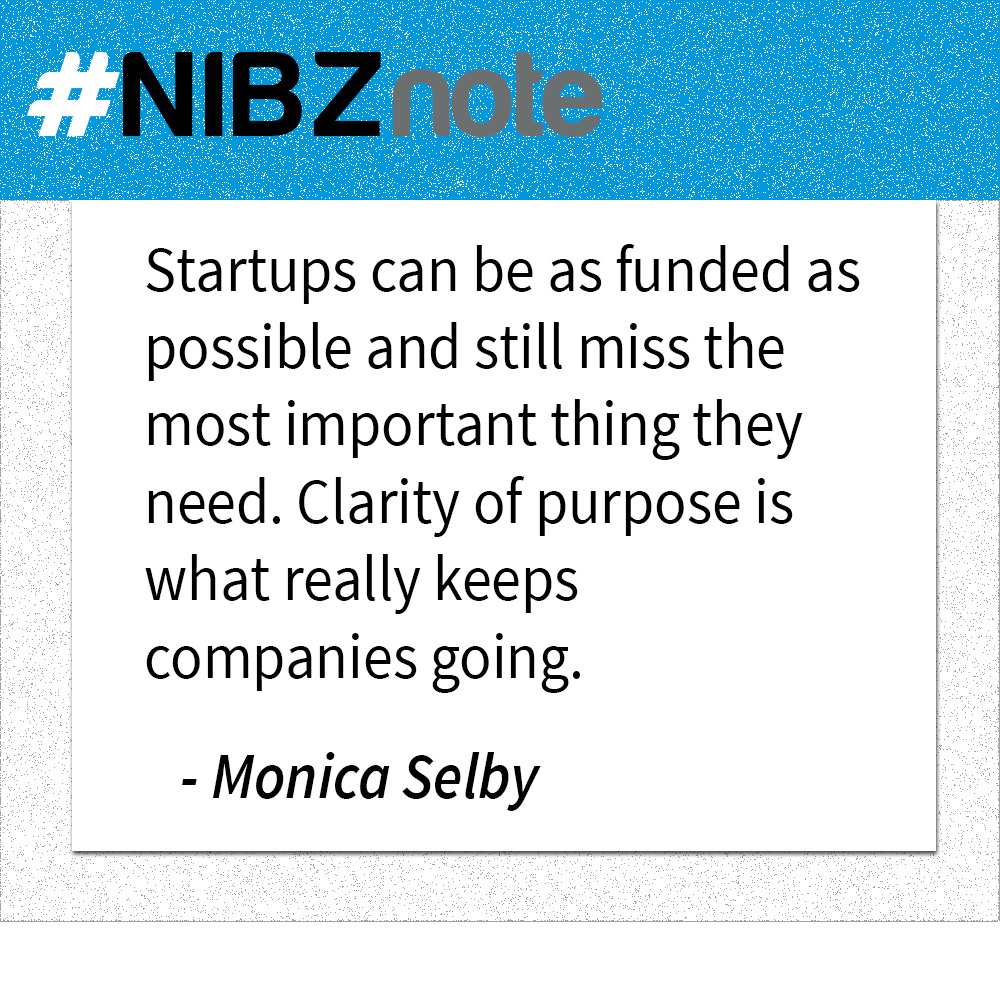


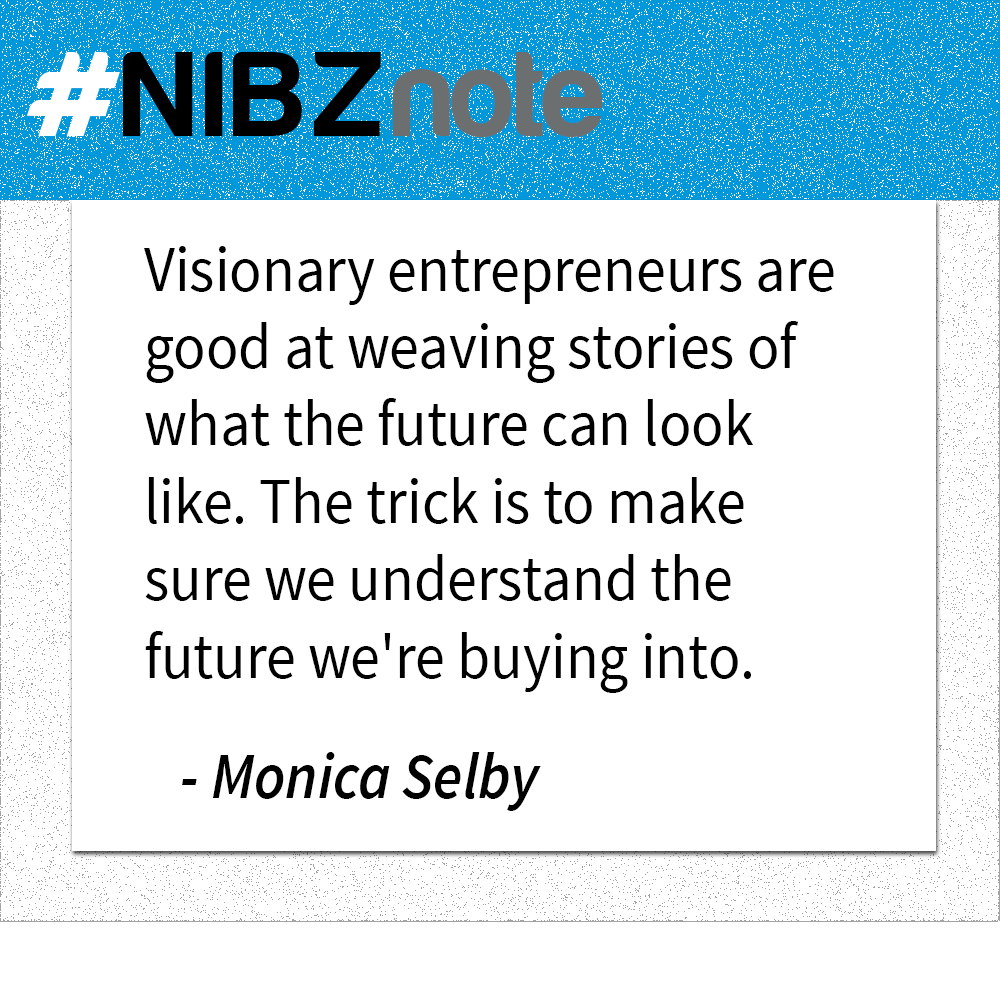


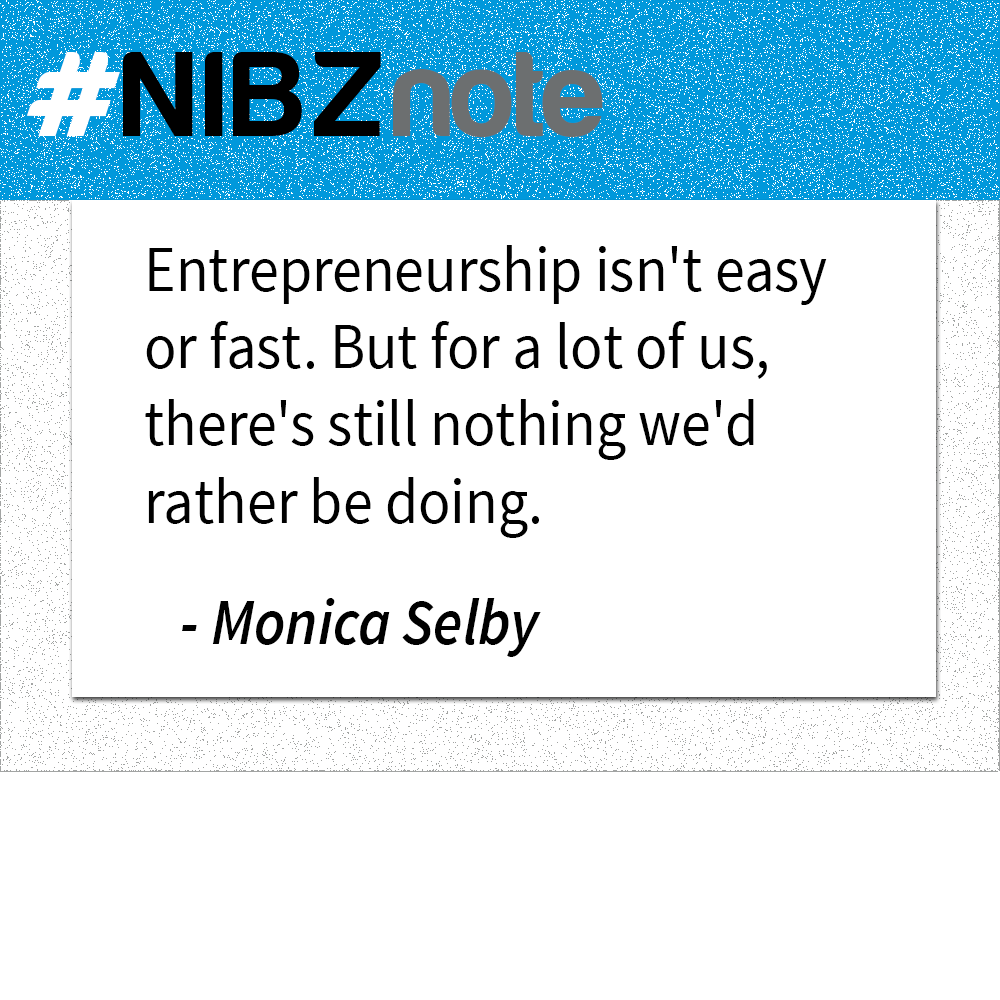



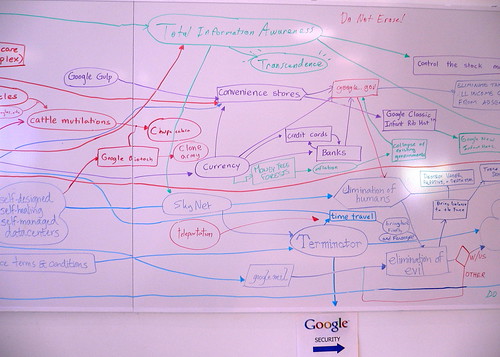
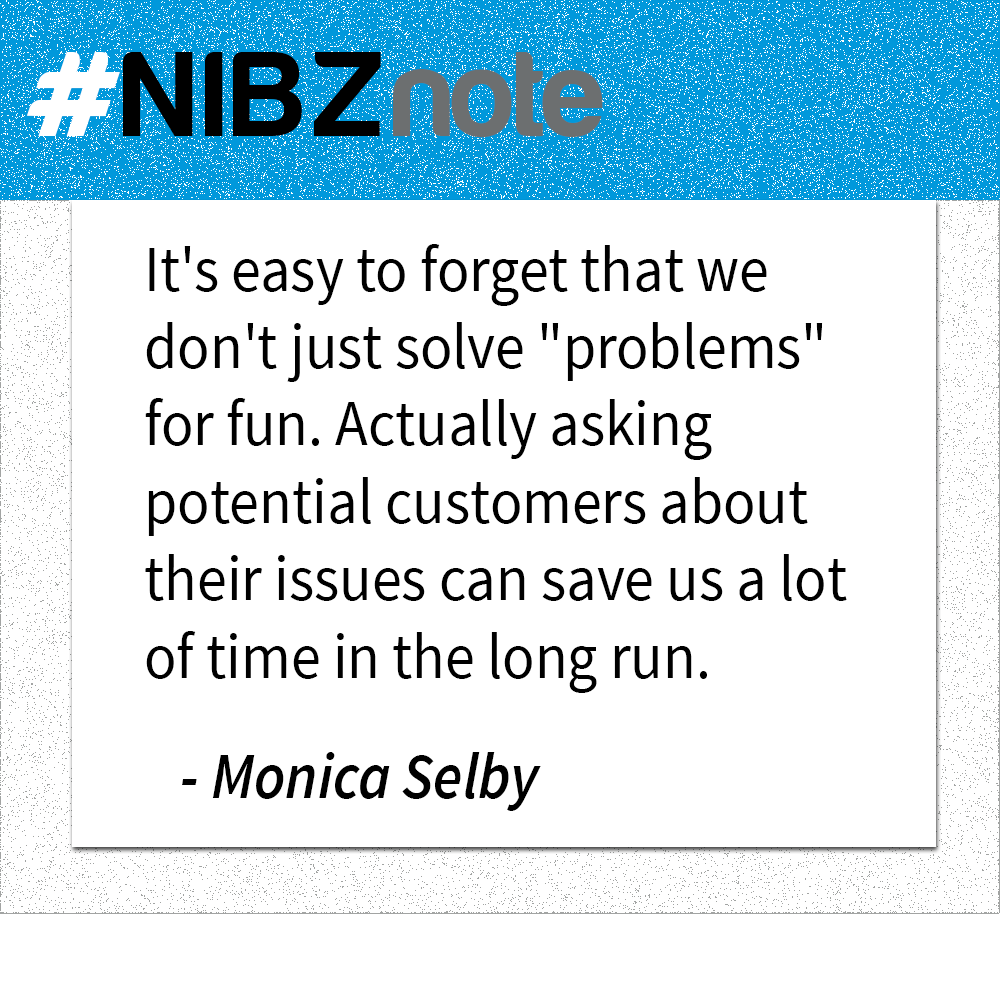


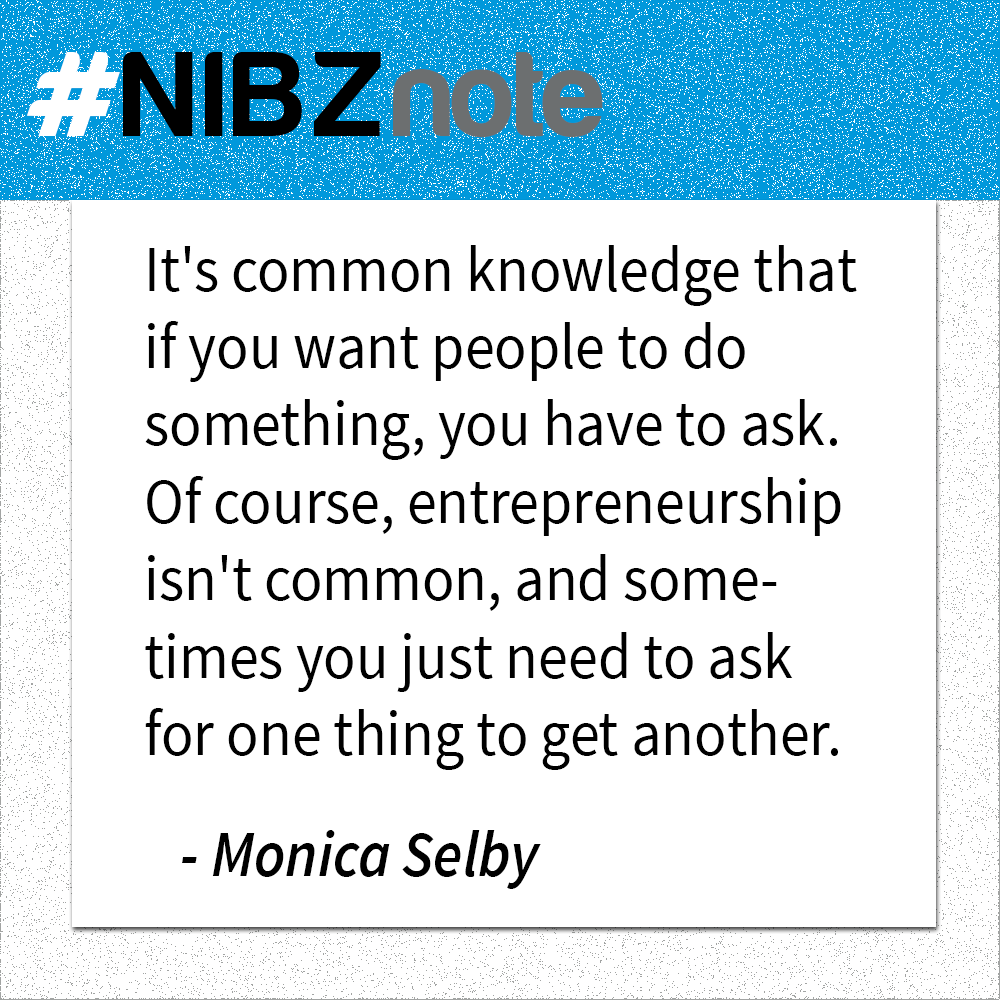


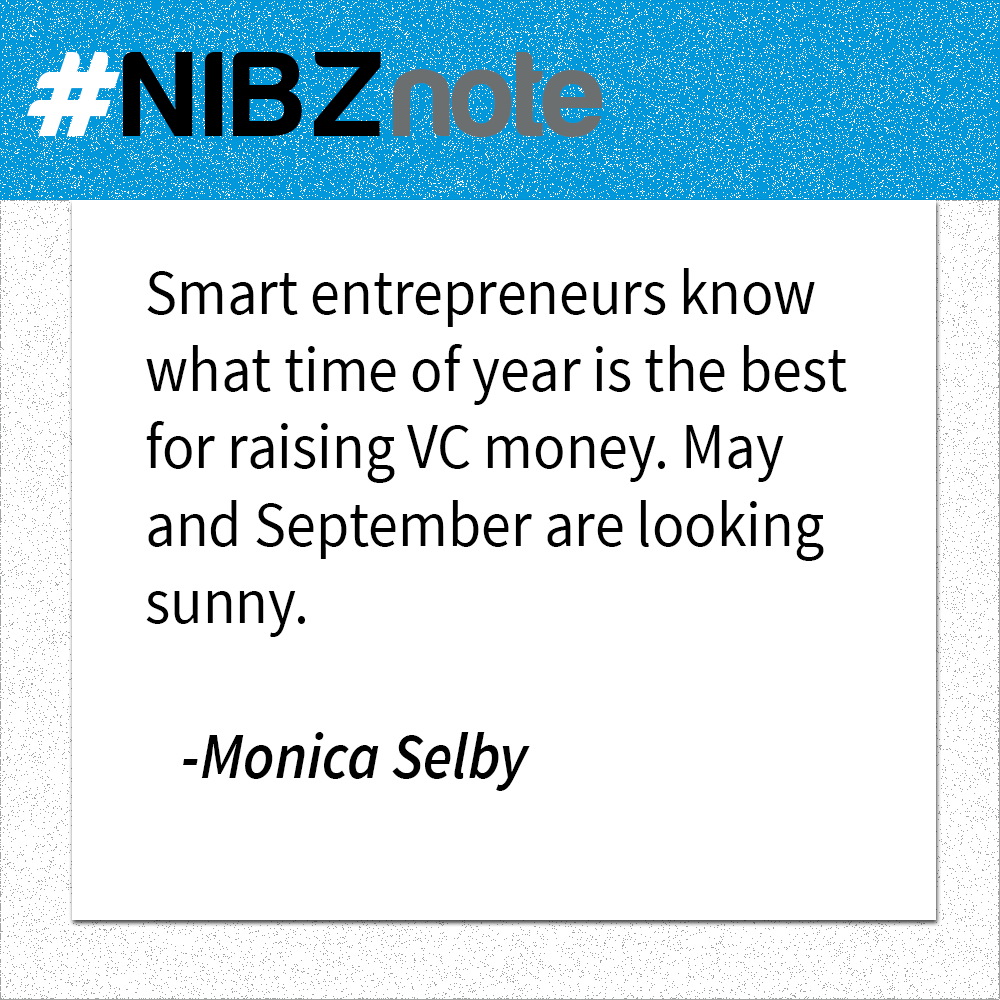


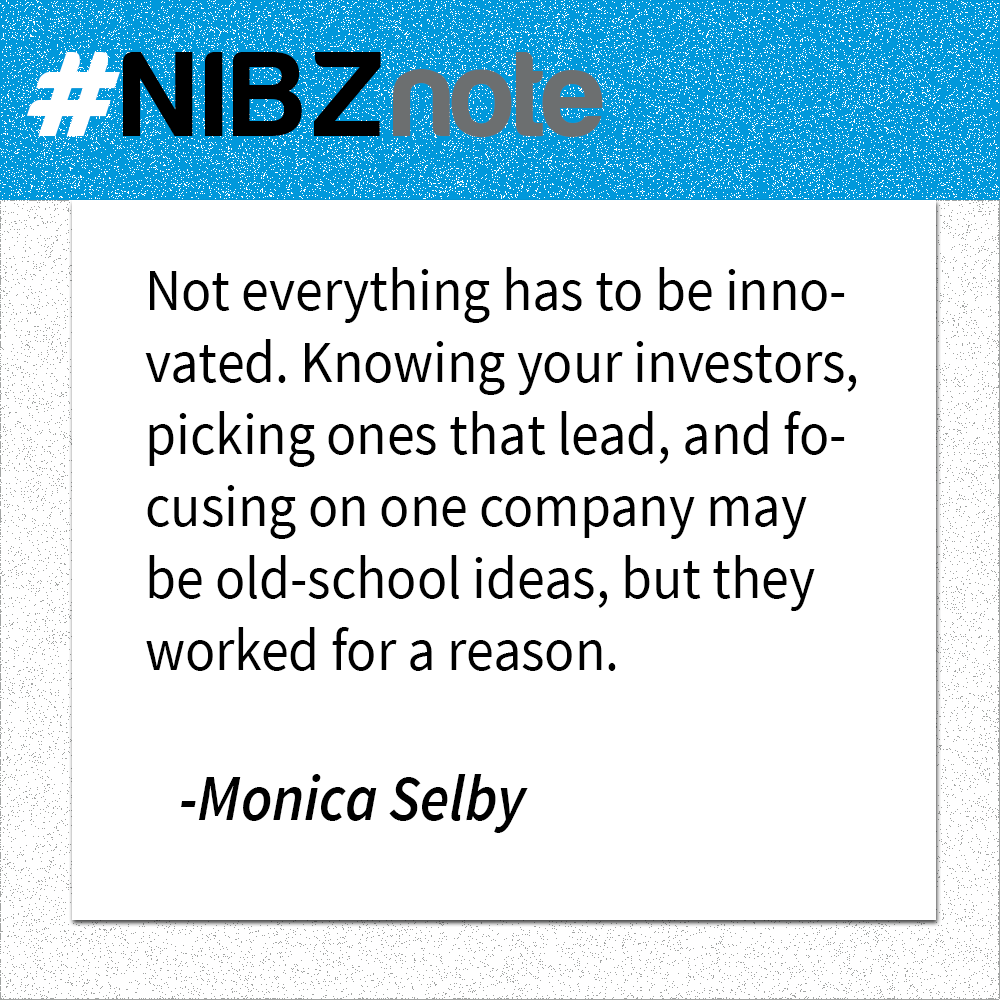 access to capital at the early stages. It’s an exciting time to be an entrepreneur and investor in this ecosystem.
access to capital at the early stages. It’s an exciting time to be an entrepreneur and investor in this ecosystem.